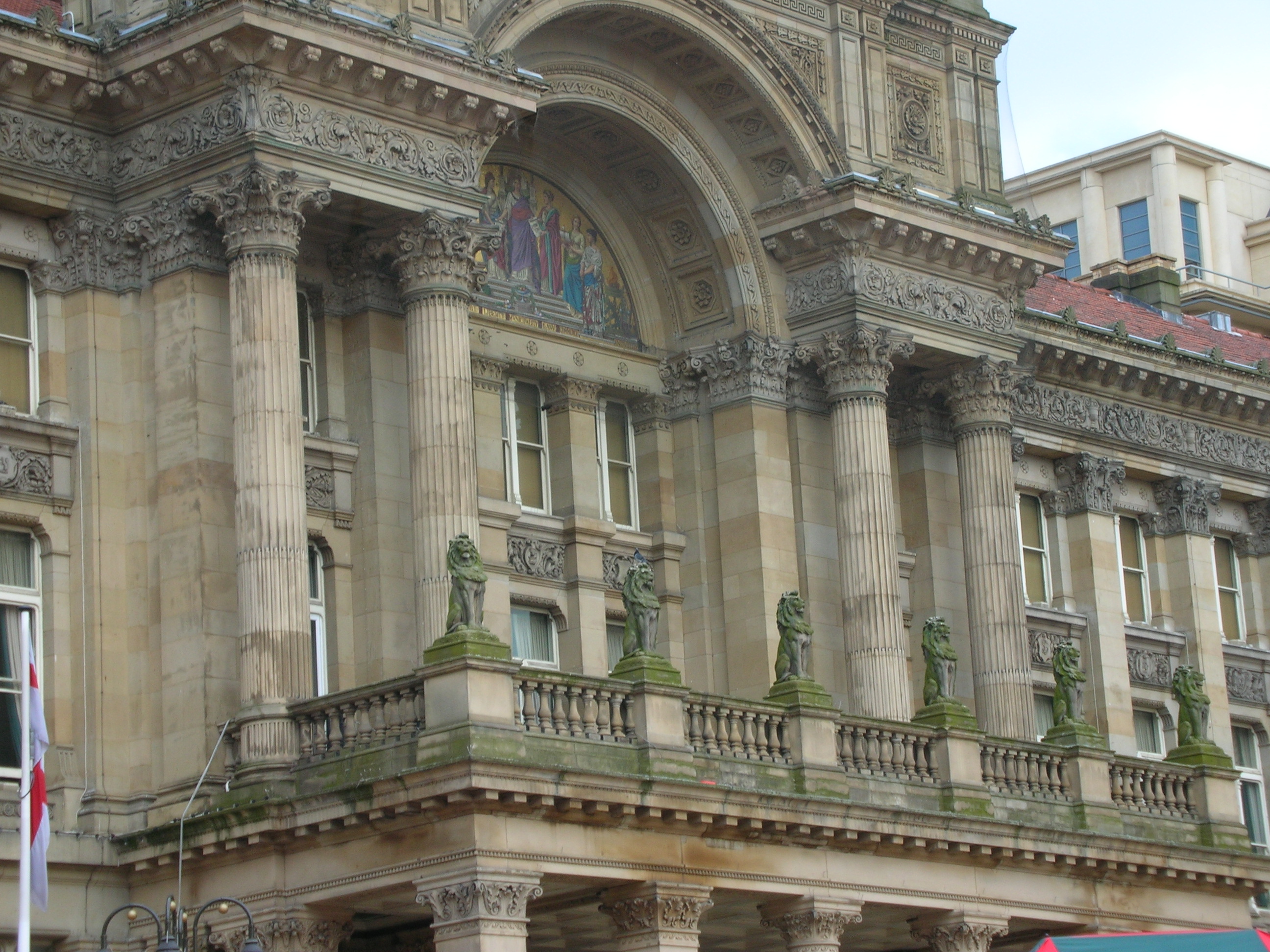Yeoville Thomason on:
[Wikipedia]
[Google]
[Amazon]



 Henry Richard Yeoville Yardley Thomason (17 July 1826 – 19 July 1901) was a British architect active in
Henry Richard Yeoville Yardley Thomason (17 July 1826 – 19 July 1901) was a British architect active in
The Victorian Society in Birmingham (Three City Trails, Victorian Architects of Birmingham)
{{DEFAULTSORT:Thomason, Yeoville 1826 births 1901 deaths 19th-century British architects Architects from Birmingham, West Midlands Burials at Kensal Green Cemetery



Birmingham
Birmingham ( ) is a city and metropolitan borough in the metropolitan county of West Midlands in England. It is the second-largest city in the United Kingdom with a population of 1.145 million in the city proper, 2.92 million in the We ...
. He was born in Edinburgh
Edinburgh ( ; gd, Dùn Èideann ) is the capital city of Scotland and one of its 32 Council areas of Scotland, council areas. Historically part of the county of Midlothian (interchangeably Edinburghshire before 1921), it is located in Lothian ...
to a Birmingham family, and set up his own practice in Birmingham 1853–54.
Life
Yeoville Thomason was a grandson of SirEdward Thomason
Sir Edward Thomason (c. 1769 – 29 May 1849) was a manufacturer and inventor in Birmingham knighted by King William IV.
Life
He was born around 1769 in Birmingham. His father Edward Thomason (1740 – 1793) was a manufacturer of buckles, and ...
, a silversmith and medallist in Birmingham, and son of Henry Botfield Thomason and Elizabeth Yardley.
He was a pupil of Charles Edge, and after qualifying as an architect he worked for the borough surveyor. He designed the Council House after winning a competition.
As architect to Birmingham, Dudley and District Banking Company he designed several bank buildings in the area.
He retired in 1896. He died in 1901 and is buried in Kensal Green Cemetery
Kensal Green Cemetery is a cemetery in the Kensal Green area of Queens Park in the Royal Borough of Kensington and Chelsea in London, England. Inspired by Père Lachaise Cemetery in Paris, it was founded by the barrister George Frederick ...
.
Significant works
He designed, amongst others: *In Birmingham: ** The Council House and its immediate extension, the original Art Gallery, 1874–85,Grade II* listed
In the United Kingdom, a listed building or listed structure is one that has been placed on one of the four statutory lists maintained by Historic England in England, Historic Environment Scotland in Scotland, in Wales, and the Northern I ...
**Singers Hill Synagogue
The Birmingham Hebrew Congregation, commonly known as the Singers Hill Synagogue, is an Orthodox Jewish synagogue in Birmingham, England. The synagogue is a Grade II* listed building, comprising 26, 26A and 26B Blucher Street in the city centre. ...
, 1856, Grade II* listed
**Great Hampton Works, 80–82 Great Hampton Street, Hockley
Hockley is a large village and civil parish in Essex in the East of England located between Chelmsford and Southend-on-Sea, or, more specifically, between Rayleigh and Rochford. It came to prominence during the coming of the railway in the 189 ...
, c 1880, Grade II* listed
**Union Club, 85–89 Colmore Row, on the corner with Newhall Street
Newhall Street is a street located in Birmingham, England.
Newhall Street stretches from Colmore Row in the city centre by St Phillip's Cathedral in a north-westerly direction towards the Jewellery Quarter. Originally the road was the dri ...
, now called Bamford's Trust House, 1870, Grade II listed The new building was noted by the ''Illustrated London News
''The Illustrated London News'' appeared first on Saturday 14 May 1842, as the world's first illustrated weekly news magazine. Founded by Herbert Ingram, it appeared weekly until 1971, then less frequently thereafter, and ceased publication i ...
'' in 1869.
** Birmingham Banking Company, Bennetts Hill, Birmingham. Designed new entrance in 1868. Became Midland Bank
Midland Bank Plc was one of the Big Four banking groups in the United Kingdom for most of the 20th century. It is now part of HSBC. The bank was founded as the Birmingham and Midland Bank in Union Street, Birmingham, England in August 1836. It ...
. Grade II listed
**38 Benetts Hill, 1868–70, Grade II listed
**Highcroft Hospital, Main Building, Highcroft Road, Erdington (former Aston Union Workhouse). 1869, Grade II listed
**Birmingham Town and District Bank, 63 Colmore Row, Birmingham. (1867–69) Head Office later to become part of Barclays Bank
Barclays () is a British multinational universal bank, headquartered in London, England. Barclays operates as two divisions, Barclays UK and Barclays International, supported by a service company, Barclays Execution Services.
Barclays traces ...
, facade later remodelled by Peacock and Bewlay.
**Lewis's department store, Corporation Street, 1886, (demolished 1929 and replaced by a seven storey building), Birmingham's first iron and concrete building''Birmingham Buildings, The Architectural Story of a Midland City'', Bryan Little, 1971,
**Acocks Green Chapel, Warwick Green, Acocks Green
Acocks Green is an area and ward of southeast Birmingham, England. It is named after the Acock family, who built a large house there in 1370. Acocks Green is one of four wards making up Yardley formal district. It is occasionally spelled "Aco ...
, 1860 (closed in 1956).
** St Asaph's Church, Birmingham 1868 (demolished 1961)
**St John the Baptist's church, Harborne (destroyed by enemy action, 1941)
*Elsewhere:
**Public Hall, High Street, Smethwick
Smethwick () is an industrial town in Sandwell, West Midlands, England. It lies west of Birmingham city centre. Historically it was in Staffordshire.
In 2019, the ward of Smethwick had an estimated population of 15,246, while the wider b ...
, (1866–67), now the Public Library.''The Buildings of England: Worcestershire'', Nikolaus Pevsner, 1968 Penguin. p81
References
External links
The Victorian Society in Birmingham (Three City Trails, Victorian Architects of Birmingham)
{{DEFAULTSORT:Thomason, Yeoville 1826 births 1901 deaths 19th-century British architects Architects from Birmingham, West Midlands Burials at Kensal Green Cemetery